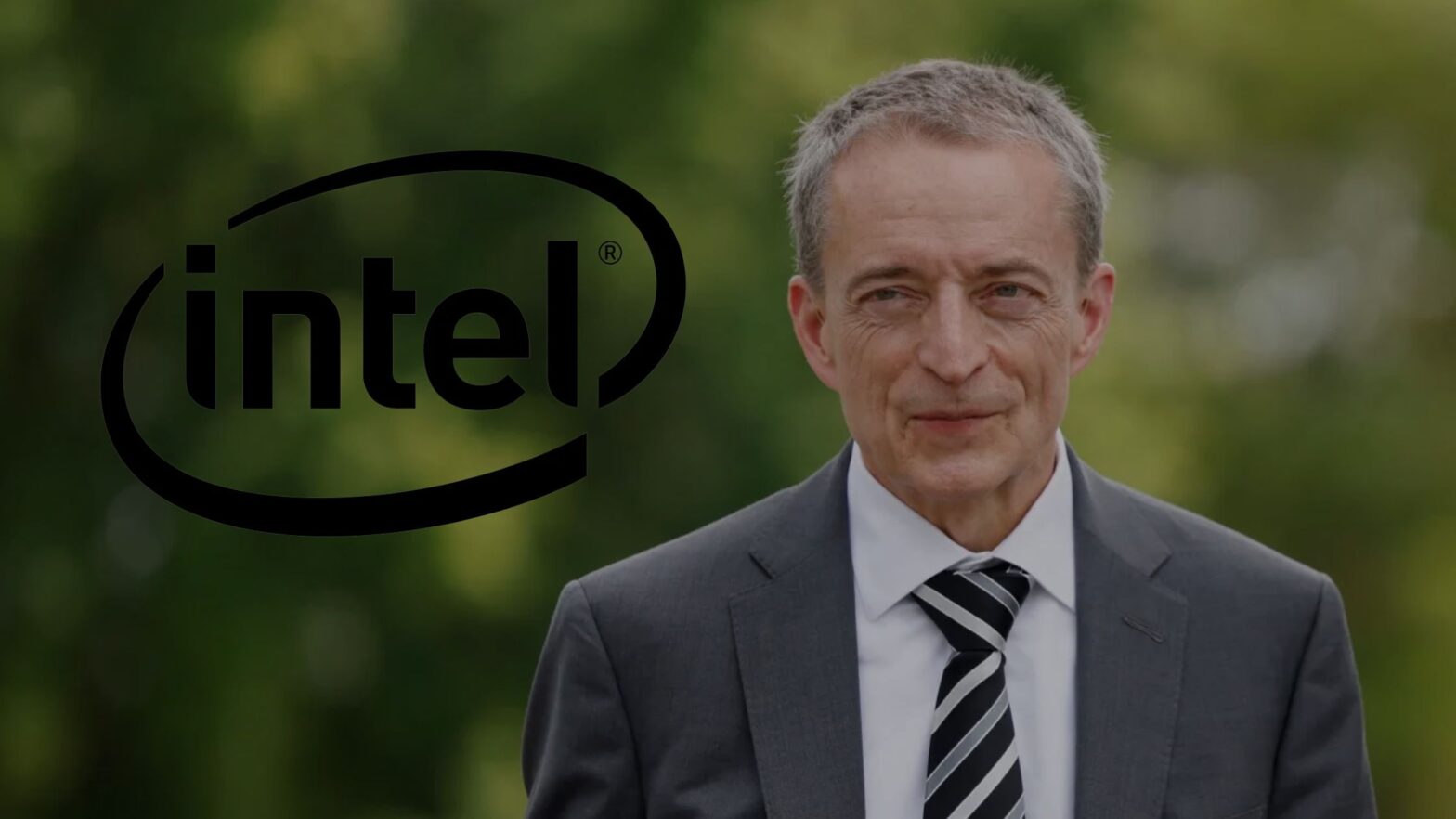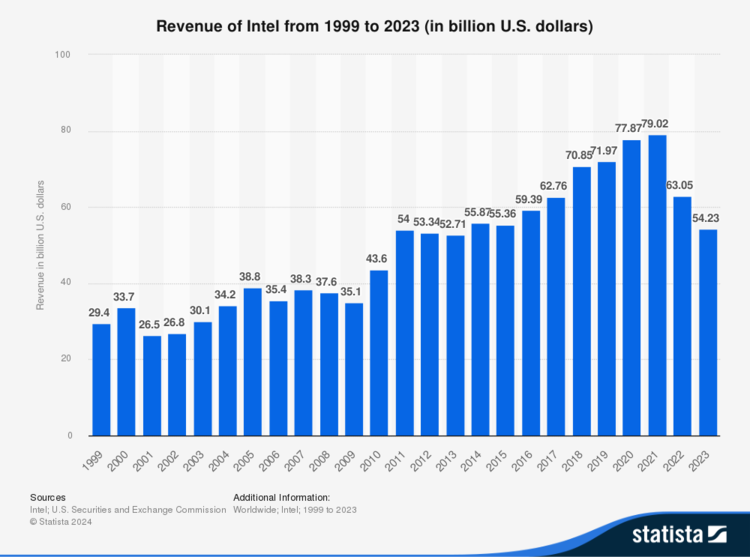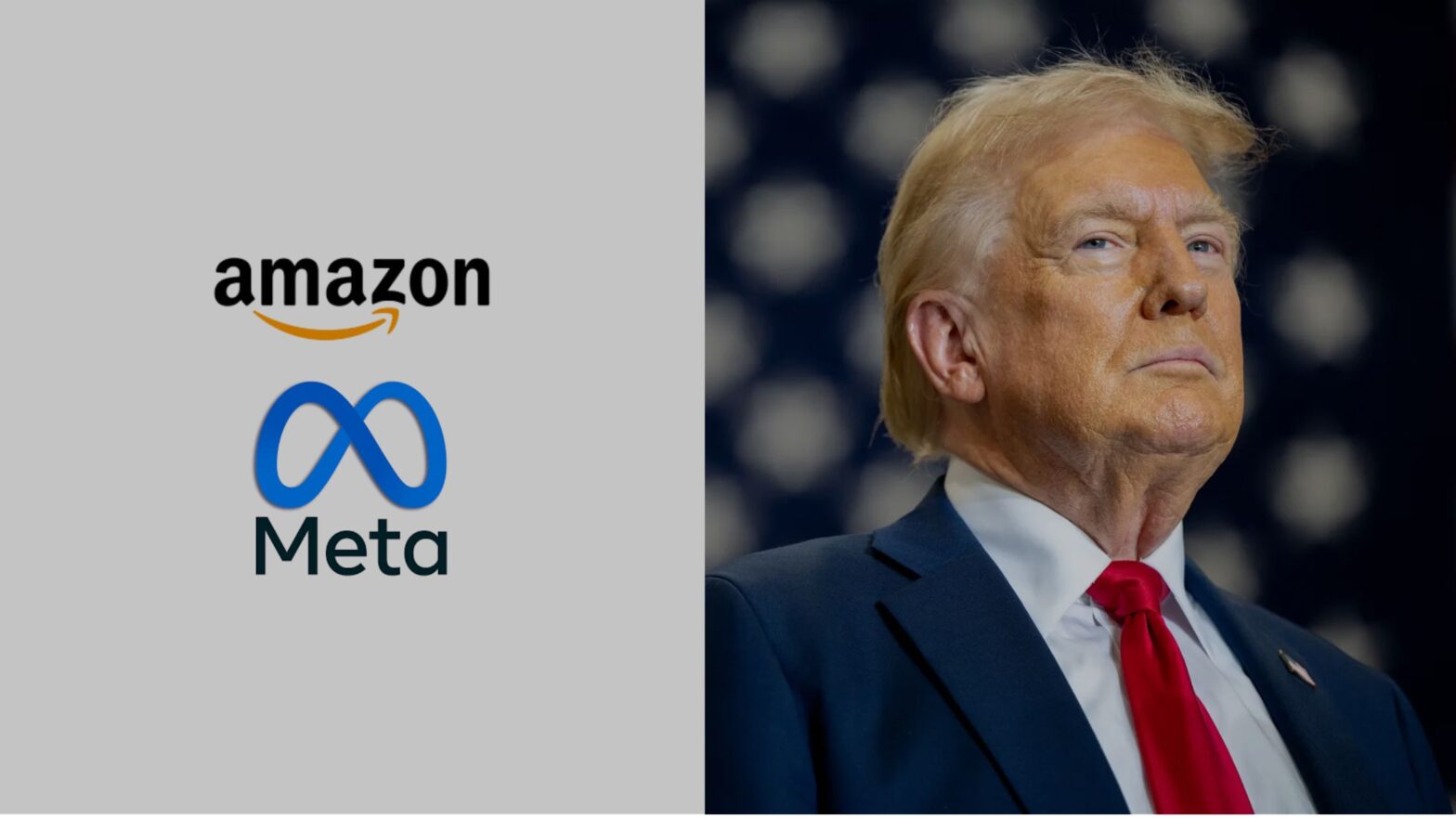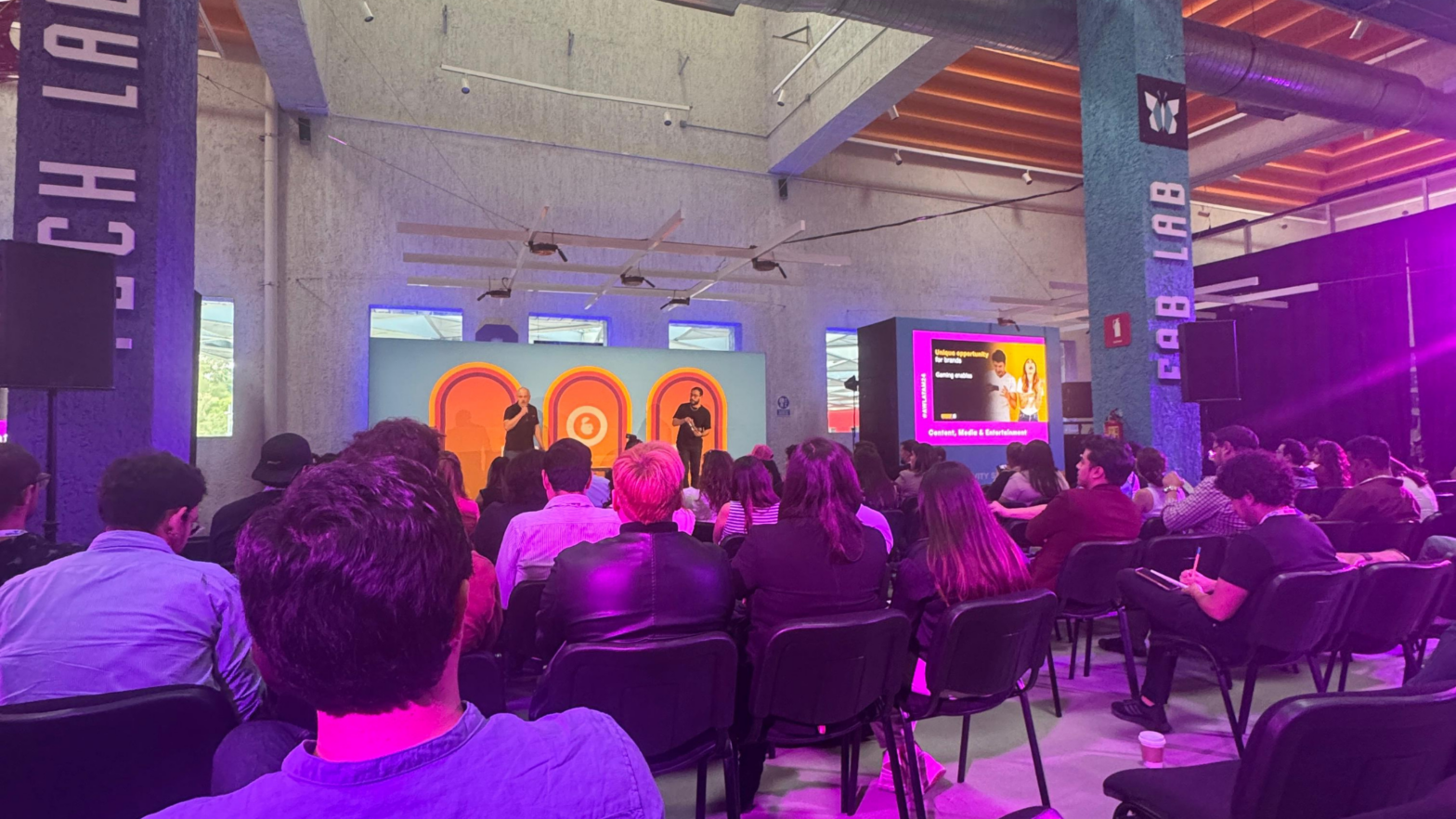The attempt to revive a tech legend
December 9, 2024

When Gelsinger took on the role of CEO in 2021, the mission was clear but challenging: to restore Intel to the top of the semiconductor industry, a space where competitors like TSMC, AMD, and, more recently, Nvidia, were leading with disruptive innovations. Under his leadership, Intel launched the ambitious IDM 2.0 initiative, aimed at strengthening its manufacturing capabilities and expanding its global market position.
However, the results fell short of expectations. Despite multi-billion-dollar investments, the company faced issues such as:
- Delays in advanced chip production, which hindered its competitiveness against rivals with more cutting-edge technologies.
- Loss of market share in key segments, including data centers and consumer devices.
- Skepticism on Wall Street, where investors questioned the long-term viability of the proposed strategy.
Failure or turning point?
Although Gelsinger’s leadership did not meet all its objectives, blaming him alone for Intel’s struggles would be unfair. The company is dealing with structural challenges in an industry increasingly reliant on collaborative ecosystems and specialized design and manufacturing, areas where TSMC and Nvidia excel.
One of the most significant setbacks was the delay in the rollout of its 7nm chips, a critical development intended to mark Intel’s return as a technological leader. This failure was compounded by a complex macroeconomic context and the accelerated adoption of emerging technologies like artificial intelligence, where more agile competitors gained the upper hand.

The road ahead: reinvention or irrelevance?
Gelsinger’s departure paves the way for new leadership that must balance innovation, execution, and adaptation. Analysts point out that Intel has several fronts where it can regain strength:
- Expansion in artificial intelligence: Although it has lost ground, the demand for specialized hardware solutions is an area where strategic partnerships can be pursued.
- Diversification strategies: Beyond semiconductors, the company could explore new opportunities in emerging technologies such as quantum computing.
- Global alliances: Strengthening relationships with governments and key players in tech manufacturing, especially amid geopolitical tensions affecting supply chains.
Leadership lessons: innovate beyond expectations
Gelsinger’s departure also underscores the importance of leadership during times of crisis. While his efforts didn’t achieve the desired impact, his tenure can be seen as a necessary attempt to shake the foundations of a company that needs to transform to stay relevant.
Intel faces a critical juncture in its history, but it also has opportunities. Its ability to adapt and lead the industry once again will depend on the strategic decisions made in this new phase, particularly in a market where innovation is not optional but essential.
Intel is navigating one of the most critical moments in its history, but if the company has shown anything over the decades, it’s its ability to evolve in the face of adversity. Will this mark the beginning of a new chapter of success or serve as a reminder that even tech giants are not immune to change?




